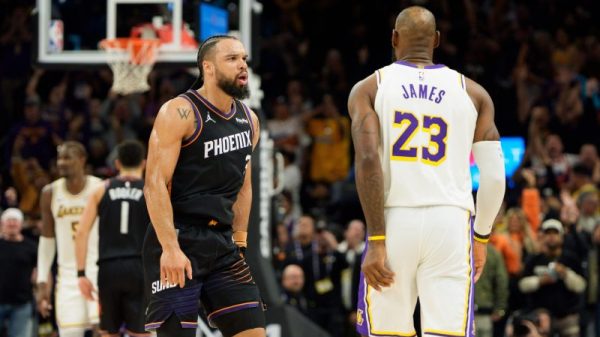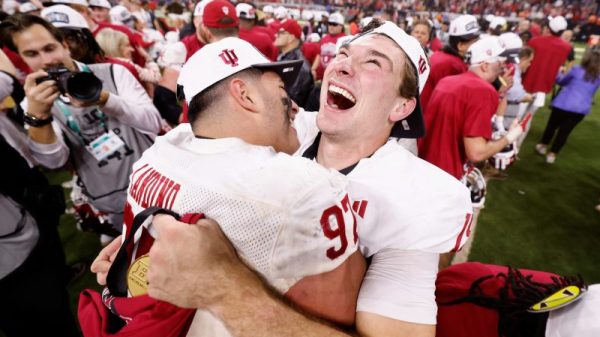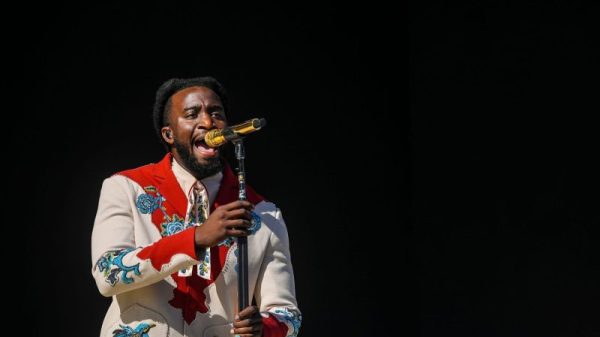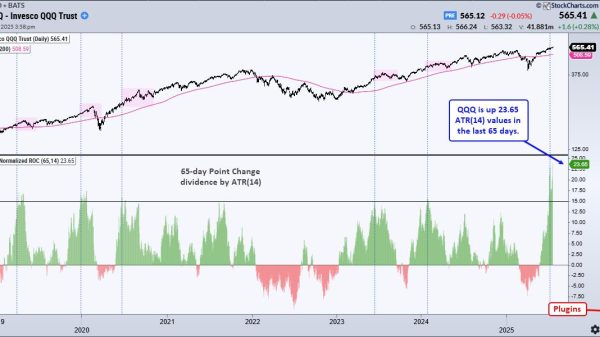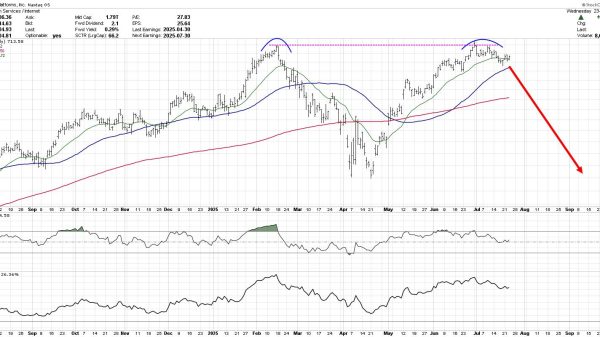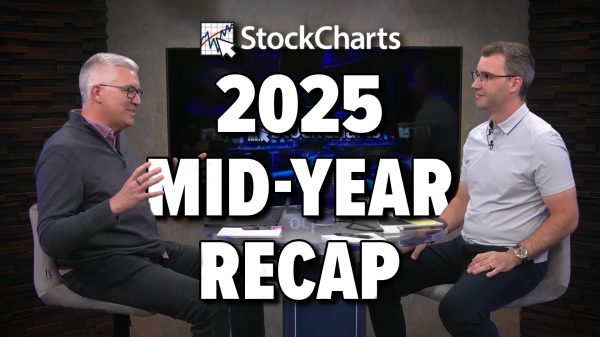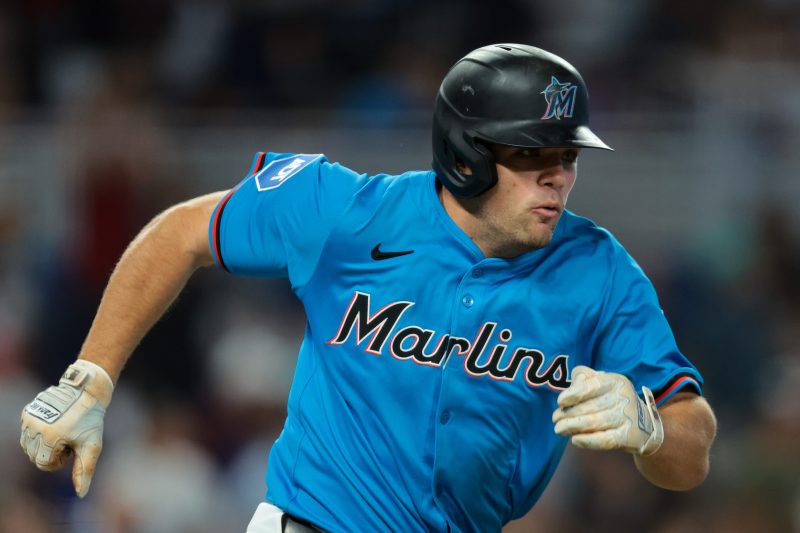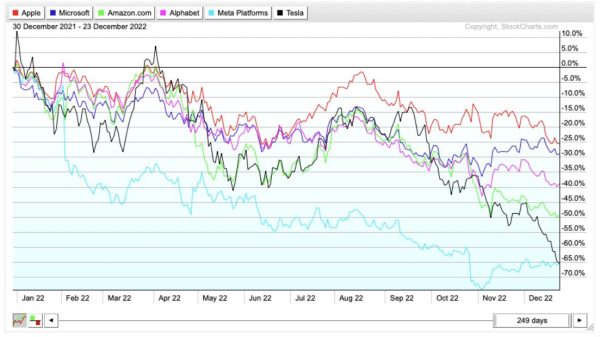Jakob Marsee has 25 RBIs and nine steals in 32 games to begin his MLB career for Miami.
The 24-year-old outfielder had an amazing August, but may be too late to win NL rookie honors.
‘There’s a lot more to come,’ says Miami’s manager.
WASHINGTON – Any true measurement of just how real this Jakob Marsee thing is will have to wait.
Perhaps you’ve never heard of the young man, and that’s understandable: Marsee made his major league debut barely a month ago, toils in front of Miami Marlins home crowds often numbering in the four figures and has done his finest work when the news cycle tilts away from second division baseball games toward other pursuits.
Yet from the numbers he’s posted, to the offensive profile he’s created and the WAR he’s already banked in this short time in the majors, Marsee, a 24-year-old center fielder, is constructing a case worth examining as this season lurches toward a conclusion.
And there’s a chance that the National League’s greatest rookie won’t be its Rookie of the Year.
See, Marsee has just 129 plate appearances and with 23 games remaining would end up with roughly 221 by season’s end. That’s just two more than Willie McCovey’s total in 1959, when he won NL Rookie of the Year with the fewest plate appearances in the rookie award’s history.
Two months do not a season make. But oh, what a start to a career.
Marsee debuted Aug. 1 and in 30 games last month, banged out 18 extra-base hits, stole nine bases in 11 attempts and posted a .352/.430/.629 line. His 25 RBIs were the most by an NL rookie in any month, and across the majors trailed only the 27 by Nick Kurtz in July.
Marsee has accrued 2.0 fWAR since Aug. 1, behind only Milwaukee’s Brice Turang (2.2) in that span. And it’s kind of what the Marlins expected out of him – though perhaps not to this degree.
“What Jakob’s shown here is he runs real high-quality at-bats, he’s shown ability to impact the ball with some doubles and some slug, so that’s very encouraging,” says Marlins manager Clayton McCullough. “The things he was bringing to the table upon arrival he’s continued to display.
“And he really had a great month.”
Perhaps the start of something bigger.
Another Padres package
Ever wonder what happens to all those prospects the San Diego Padres trade?
Sometimes they can galvanize an organization, like when the generational Juan Soto was dealt west and the Washington Nationals received a bounty in return. Many others you never hear from again.
And then there’s players like Marsee, part of a four-player package received when Miami stunningly traded batting champion Luis Arráez on May 4, 2024, just weeks into a season the club was coming off a playoff berth.
The move inspired a small protest from fans tiring of the Marlins’ perpetual sell-off, and Arráez went on to help San Diego to the NL Division Series.
Marsee, drafted by San Diego out of Central Michigan in the sixth round in 2022, quickly played his way into prospect status with an excellent 2023 in the Padres’ system. Which meant he wasn’t going to be a Padre much longer.
“It’s not necessarily a bad thing,” says Marsee. “A lot of the culture is just about winning and our group we had coming up in the minor leagues, all we wanted to do was win and have fun and it was a lot about getting better each day and trying to win games.
“Everyone’s goal is just to make it up to the big league team they’re with at the time.”
It’s easy to see why the Marlins zeroed in on Marsee.
At 6-1 and 180 pounds, Marsee was a running back, receiver and safety at his suburban Detroit high school, and the manner in which he applies that athleticism to the diamond is apparent. Marsee’s sprint speed of 27.9 feet per second doesn’t put him among the top MLB speedsters – he’s step for step with veterans Mike Trout and George Springer – but he is elite on the basepaths, with 159 thefts in 189 attempts in his minor league career.
Three months after Marsee was shipped to Miami, right-hander Adam Mazur – a second-round pick in that 2022 draft – was included in a deal sending reliever Tanner Scott to the Padres. He’s seen Marsee every step of the way in their pro careers.
Just because the stadiums are far bigger than when they were knocking around the Padres’ minor league system doesn’t mean Mazur expected less from Marsee.
“Fort Wayne, San Antonio, I’ve been with him quite some time and it’s not surprising at all,” says Mazur. “He’s one of the best center fielders I’ve seen out there and he’s got a good bat.
“Personally, I love Marsee. He’s the man. I want to see him do as well as he can.’
And while the Marlins tracked his elite strike zone control well before they dealt for him, it has not abated facing the greatest pitchers in the world – Marsee’s 14.2% rate of swinging at pitches outside the strike zone is the lowest among hitters with at least 120 plate appearances. (For reference, the great Soto is second, at 15%).
“The ingredients Jakob has,” says McCullough, “what he’s shown and what piqued the interest of the organization to acquire him are the things we’ve seen: He has a chance to play above-average defense at a premium position. He’s going to bring value on the basepaths.
“He’s historically been very good at controlling the strike zone. And then it was going to be a big determination of, what does he do when he gets pitches in the zone and how does he impact them?”
Pretty well: Marsee’s 91.2 mph average exit velocity equals Freddie Freeman and is just behind Bryce Harper. His 50% hard-hit ball rate would place him among the top 35 hitters in the majors if he had sufficient plate appearances to qualify.
A sustainable resource
It’s been said that April and September are baseball’s most deceiving months, with the meat of the season its true test. McCullough was musing about recent callup Victor Mesa, and what a strong September may or may not mean for the young outfielder.
“The danger can be if a guy just has a great month offensively – it’s a lot of hits, a high batting average – but there’s no walks attached, what makes you think that’s going to continue on?” he asked. “You can’t take away performance – getting a hit up here is hard – but what makes you have more confidence this kind of performance is sustainable.”
Using that criteria, there’s plenty for the Marlins to hang their hat on with Marsee, thanks to his elite OBP. It’d just be hard to justify the youngster getting the top NL rookie honor this year.
On one hand, the field is somewhat wide open. Atlanta Braves catcher Drake Baldwin has had a fine season – 15 homers and an .818 OPS – but is not entirely a full-time player. Marlins teammate Agustin Ramirez leads NL rookies with 19 homers yet has a .288 OBP.
Chicago Cubs right-hander Cade Horton has nine wins and a 2.92 ERA in nearly 100 innings for a division-winning team.
On the other, 55 games played likely won’t be enough of a sample to convince voters, perhaps rightfully so.
But 2026 will offer a greater look at Marsee’s capabilities, even if there’s no Sophomore Of the Year award to lock down. Marsee still wears No. 87 on his back, more befitting a kid on the back fields of Jupiter trying to win a job in the spring rather than a regular.
He’s not sure if he’ll change it someday. Others are more confident his breakout is real, and simply a prelude.
“This is just a nice little show-out for him,” says Mazur, “but there’s a lot more to come.”







